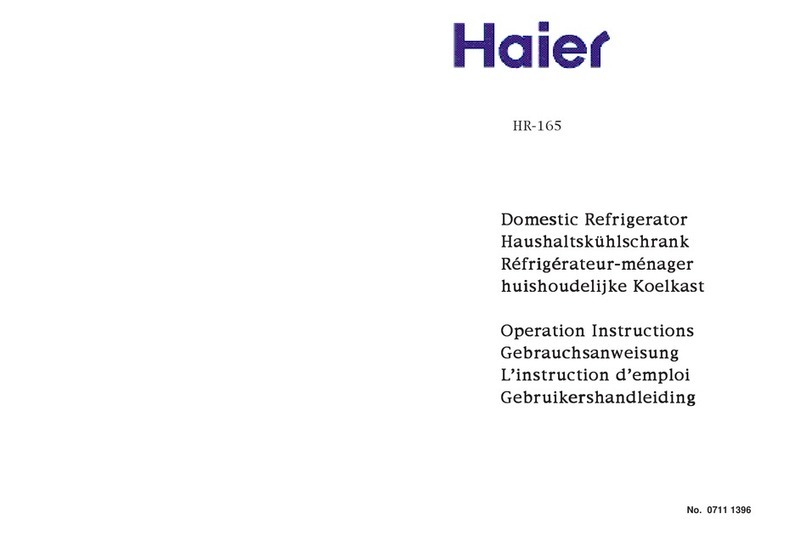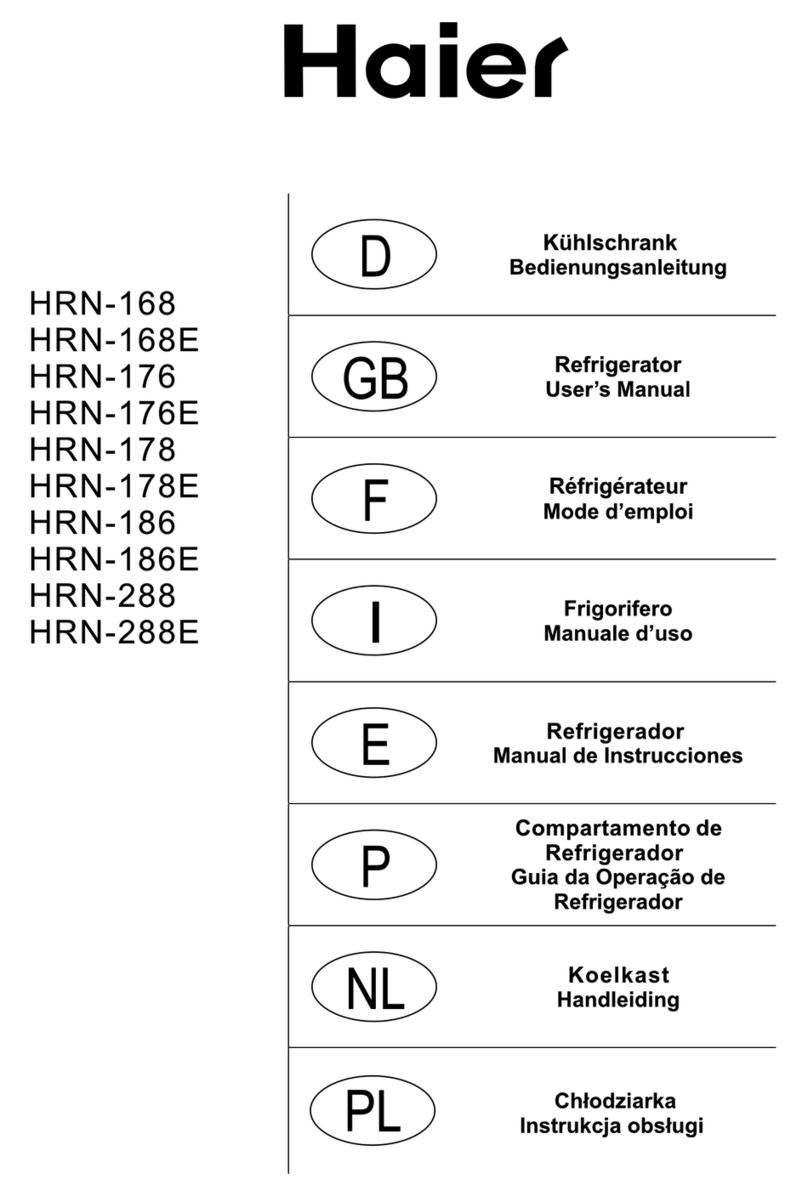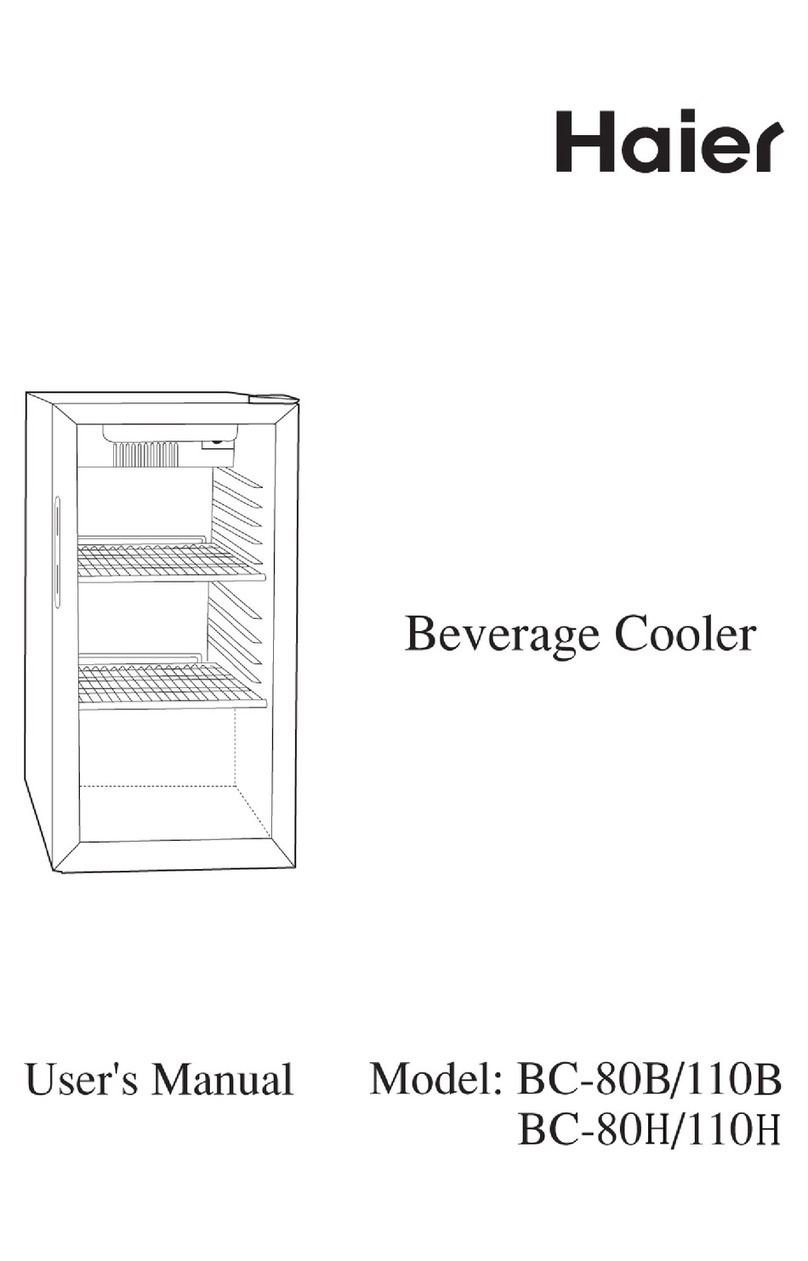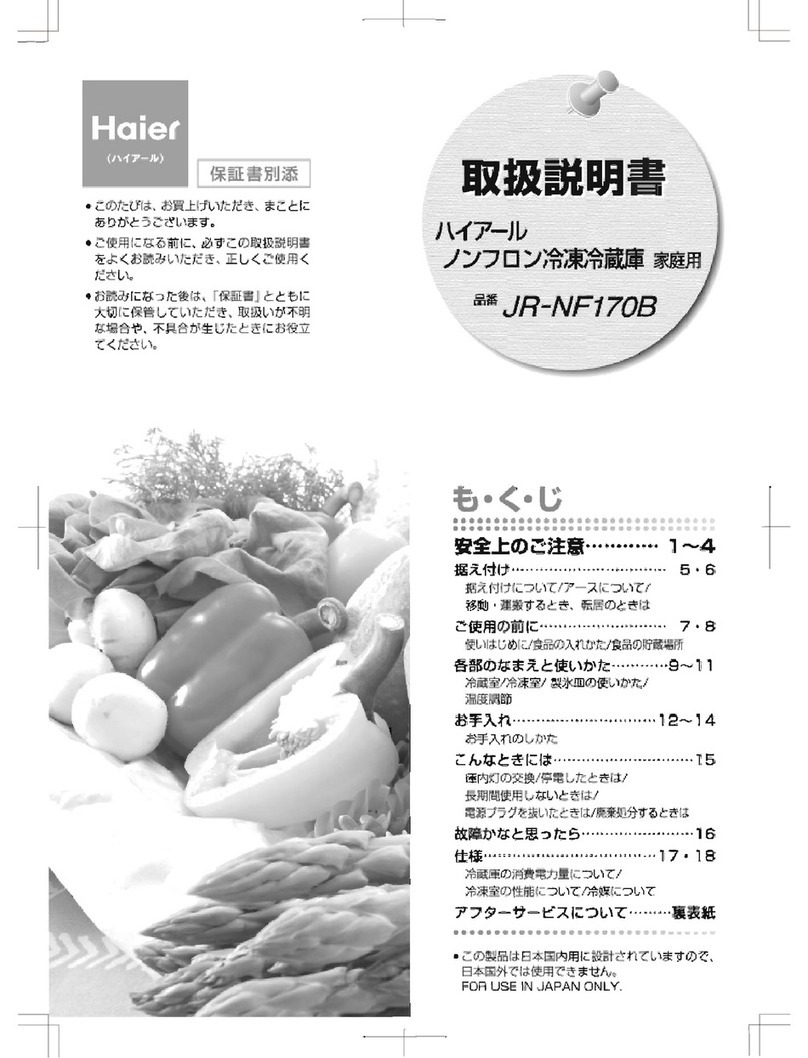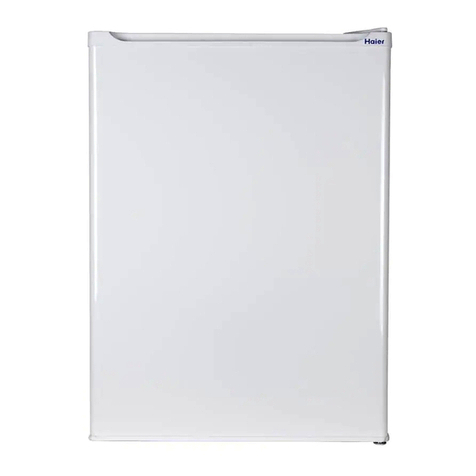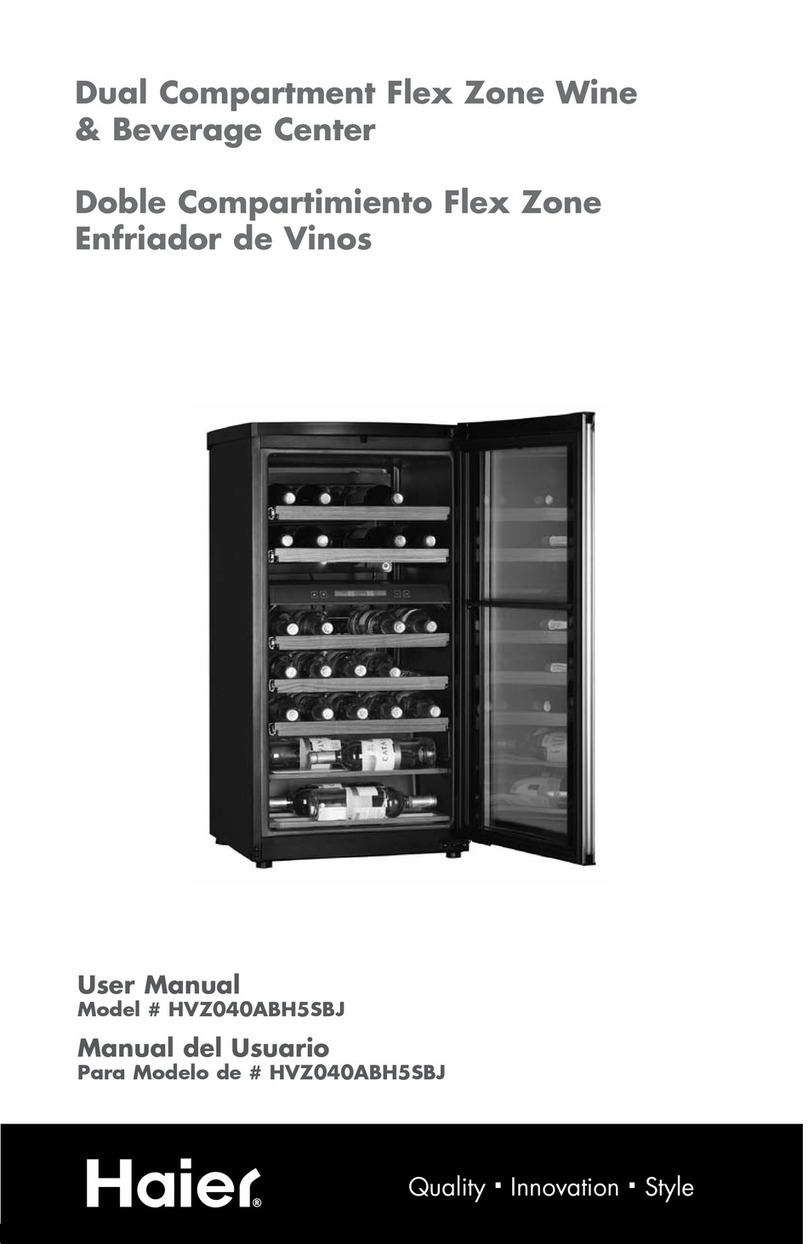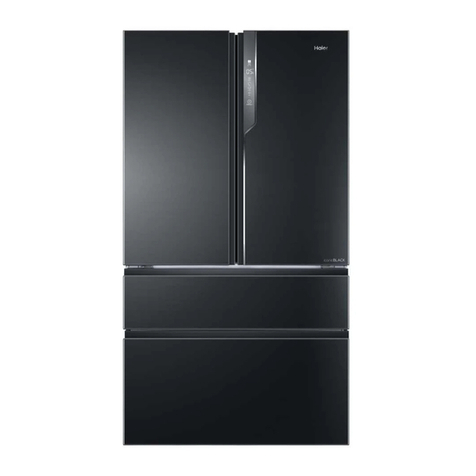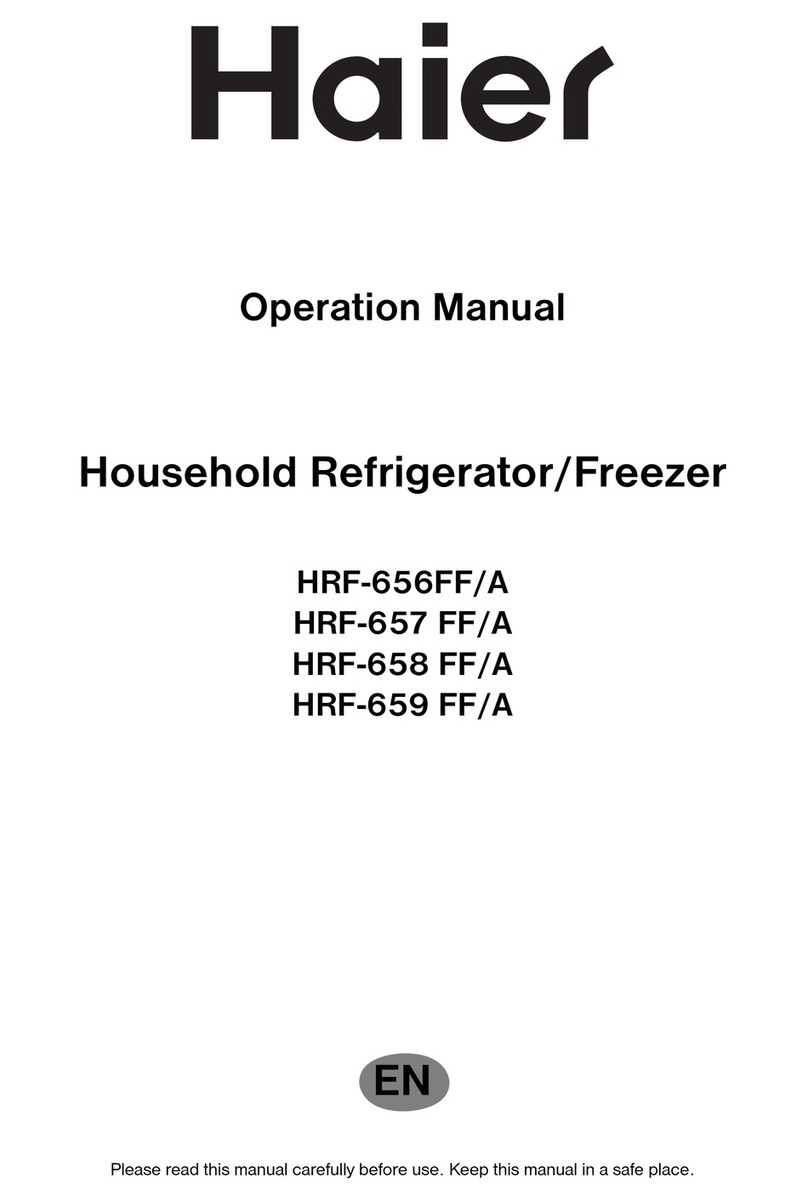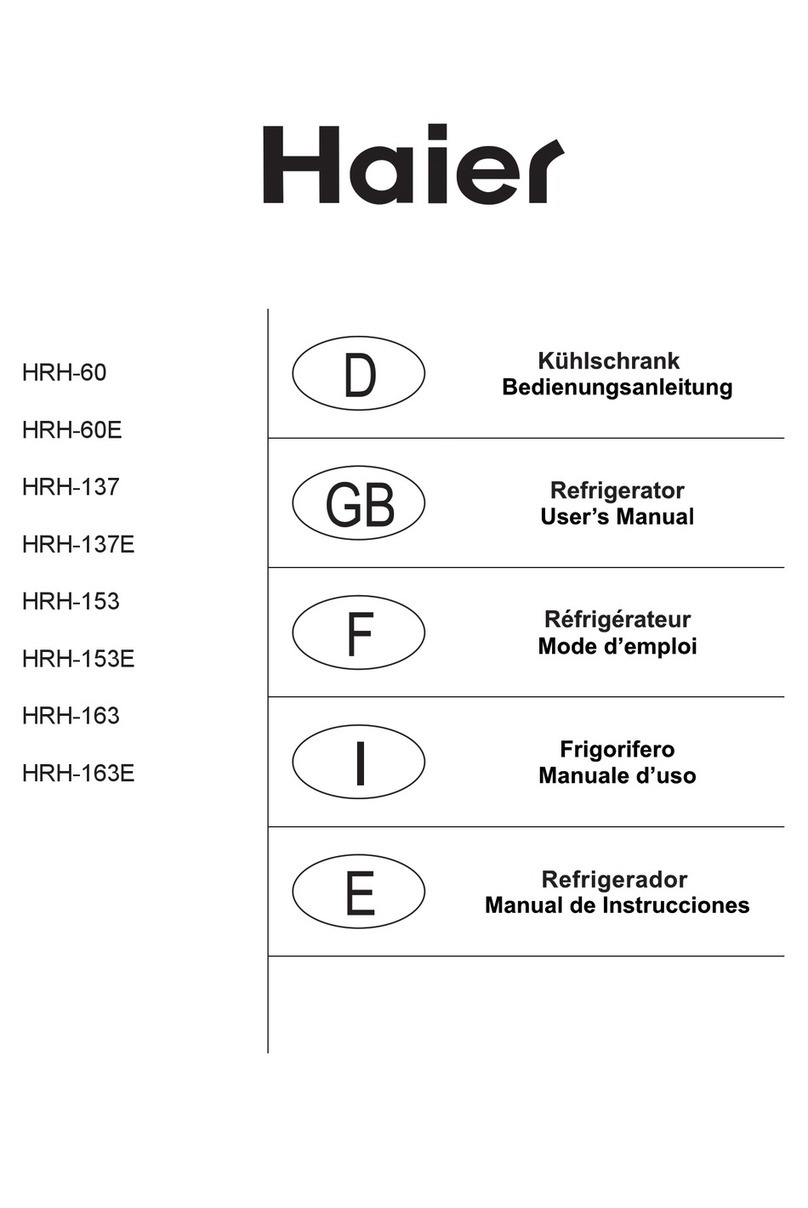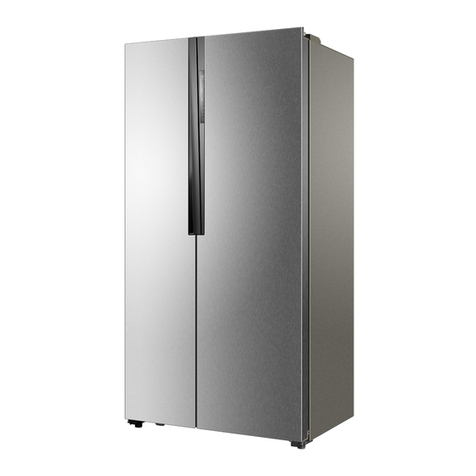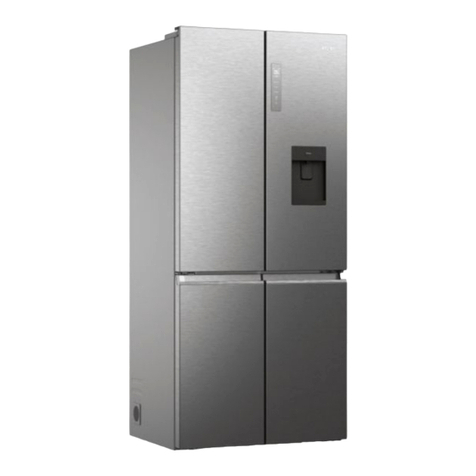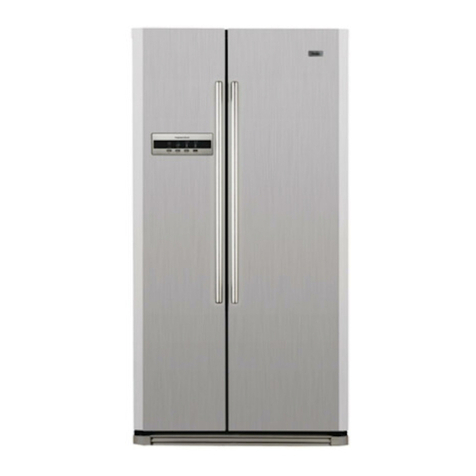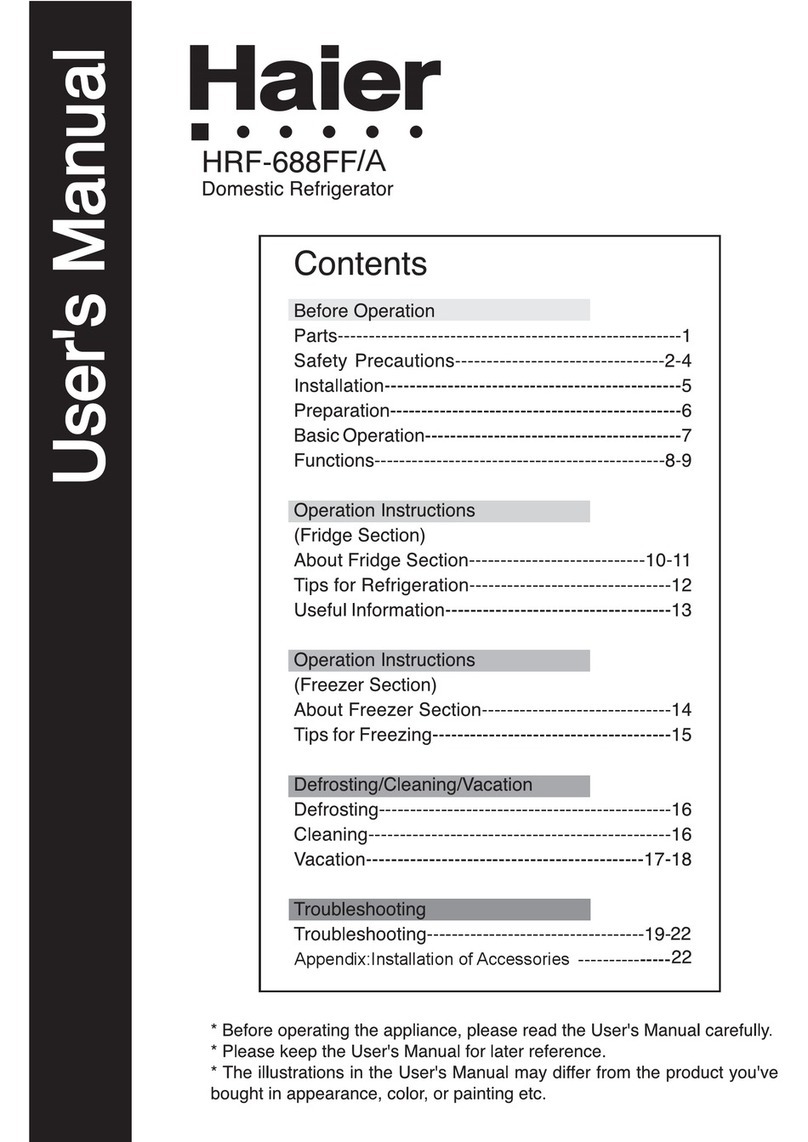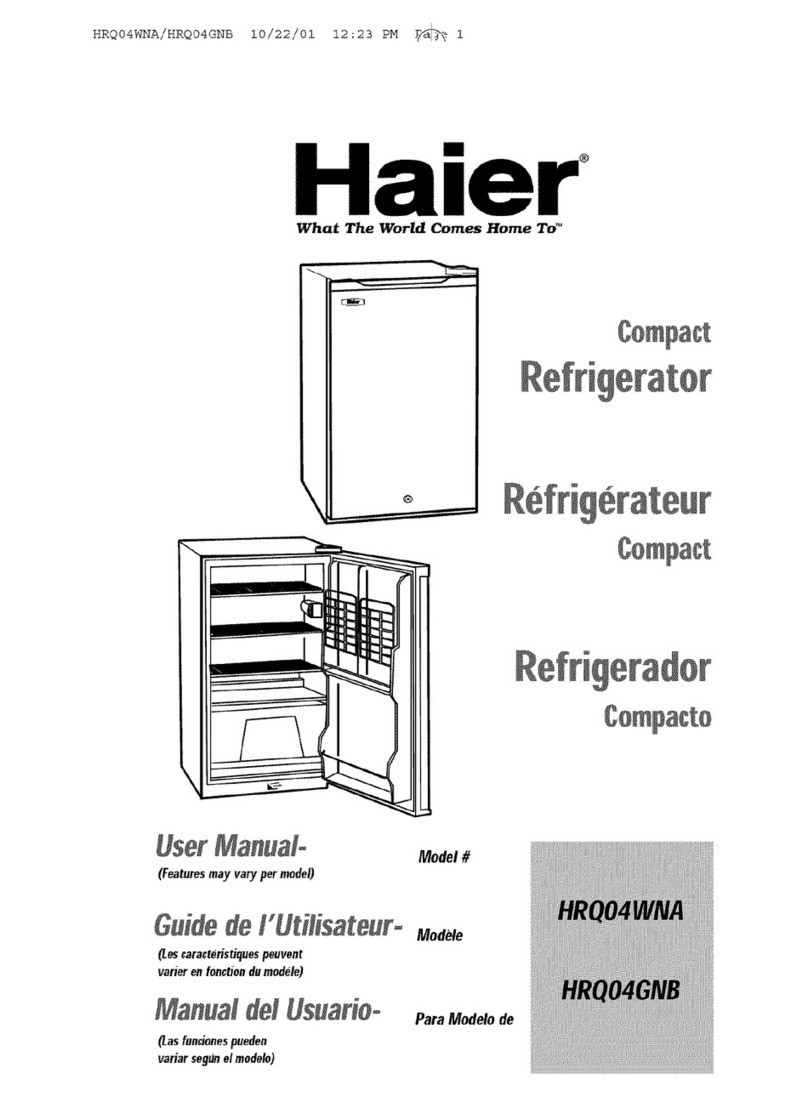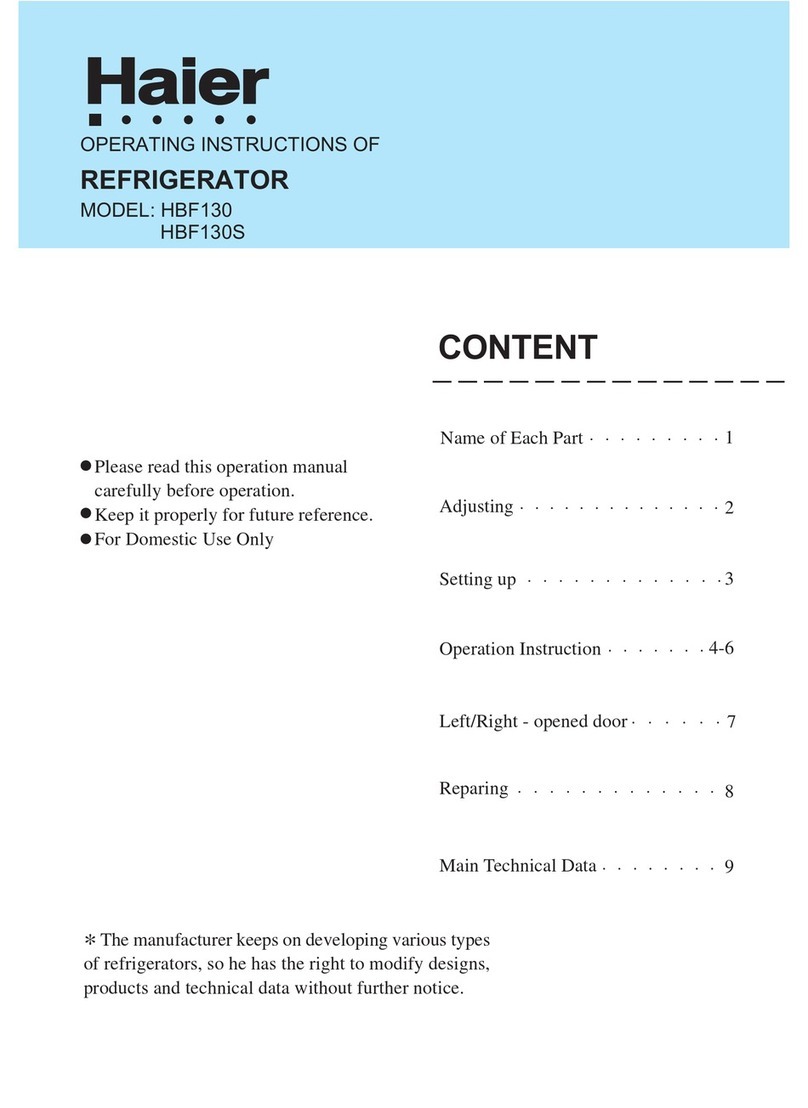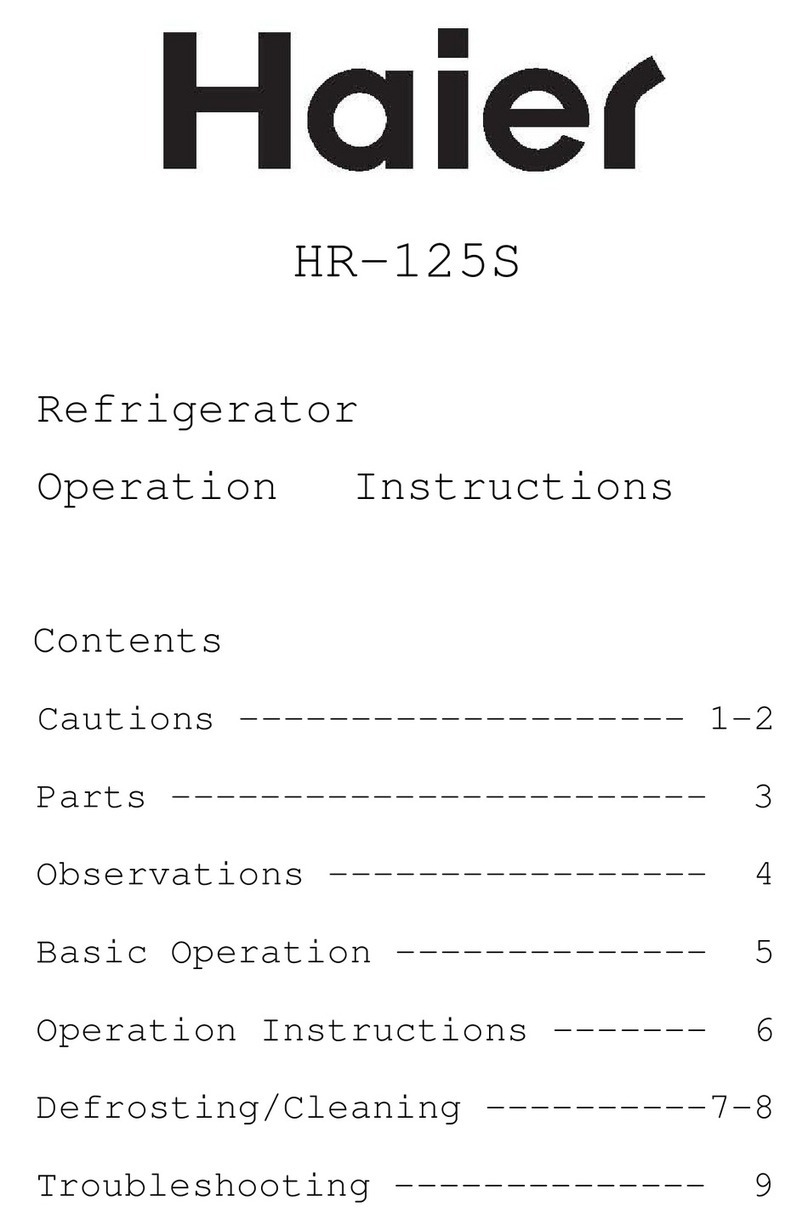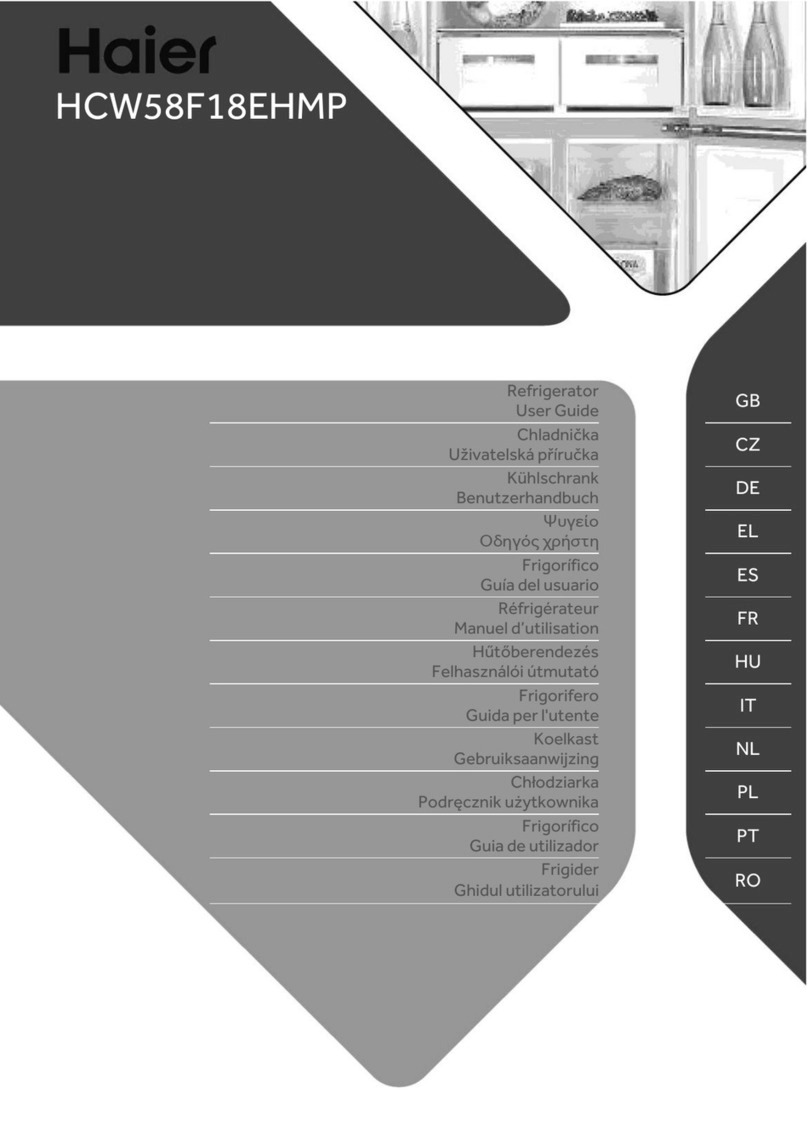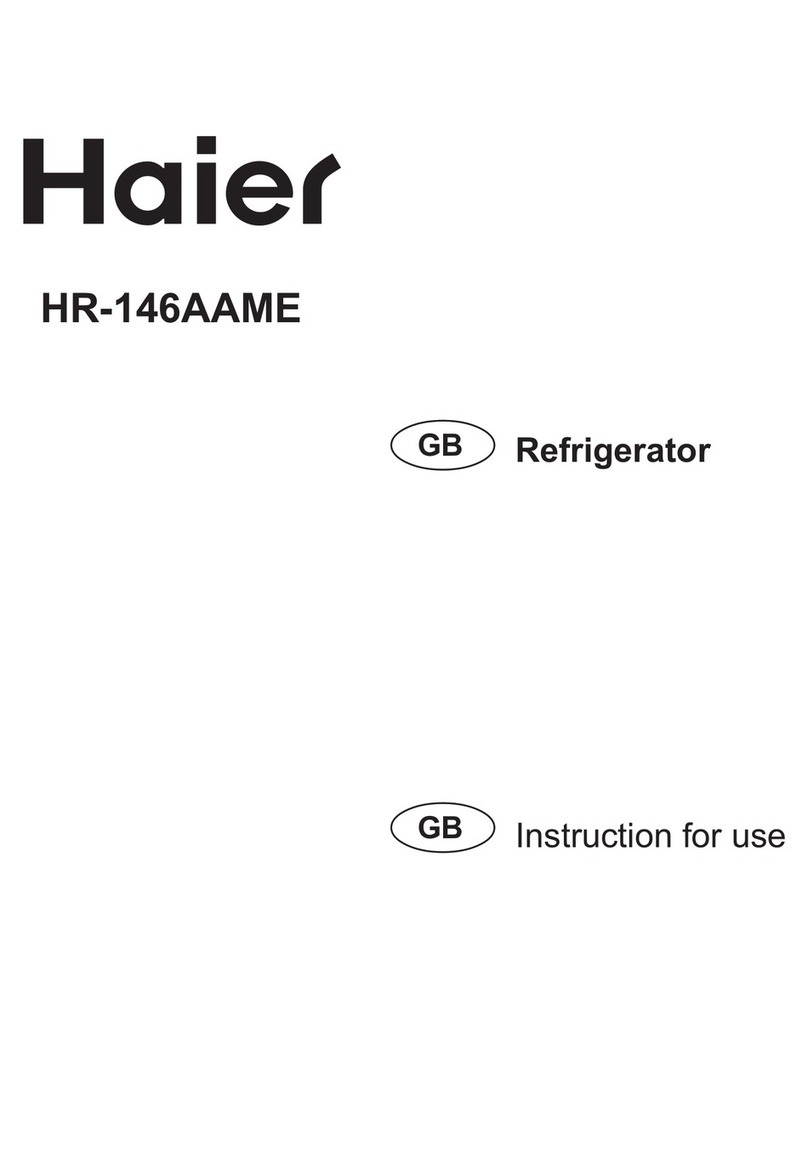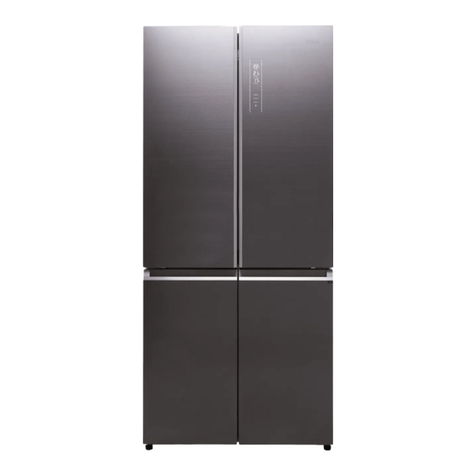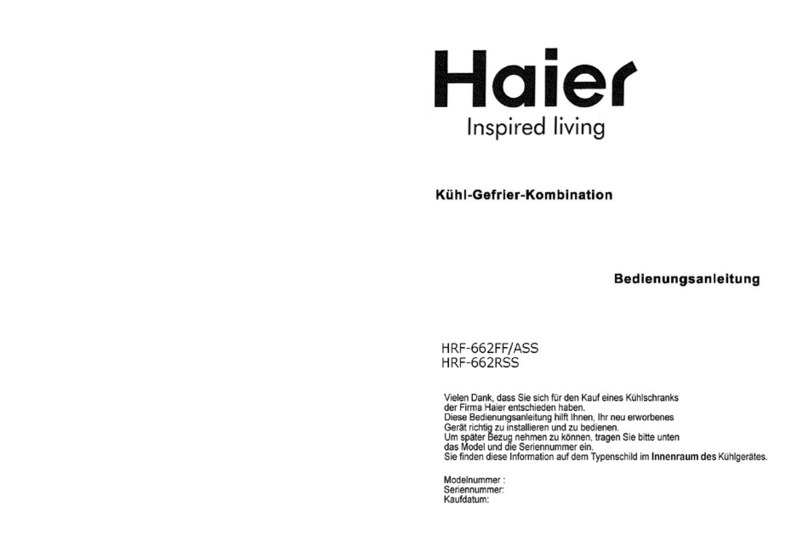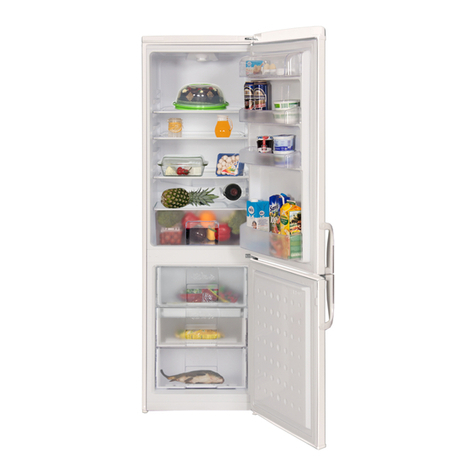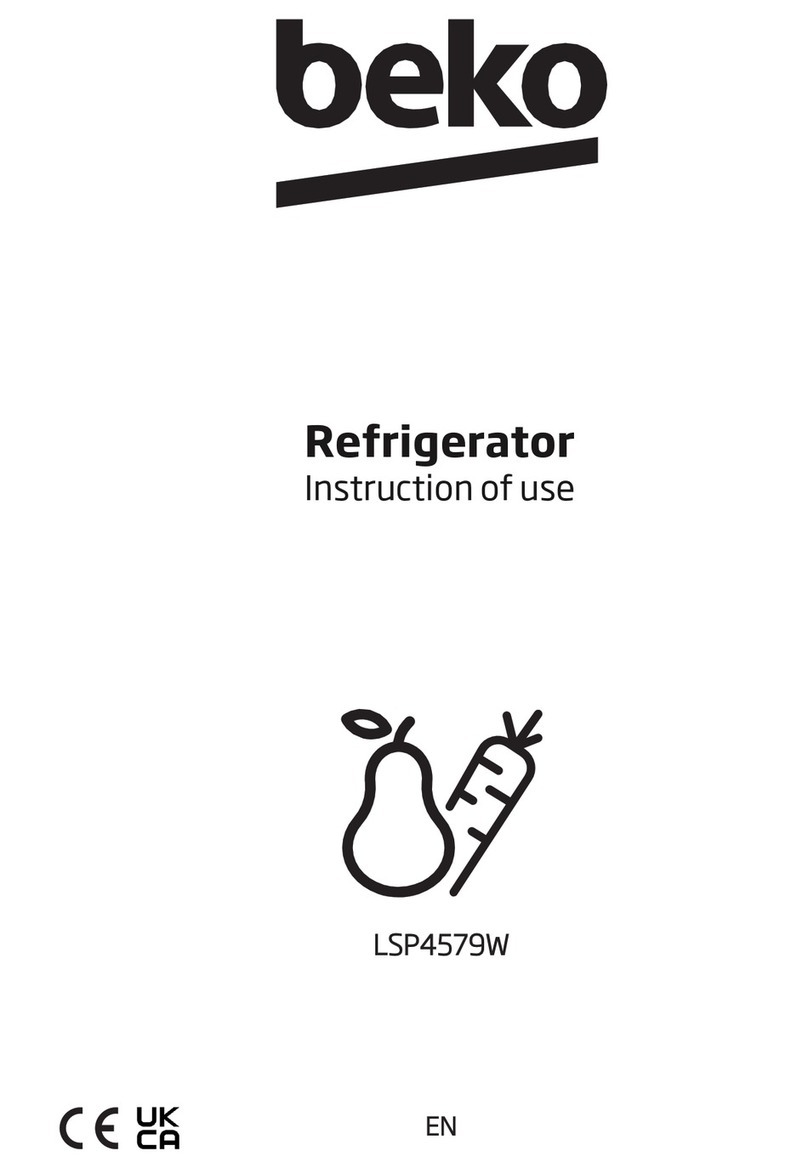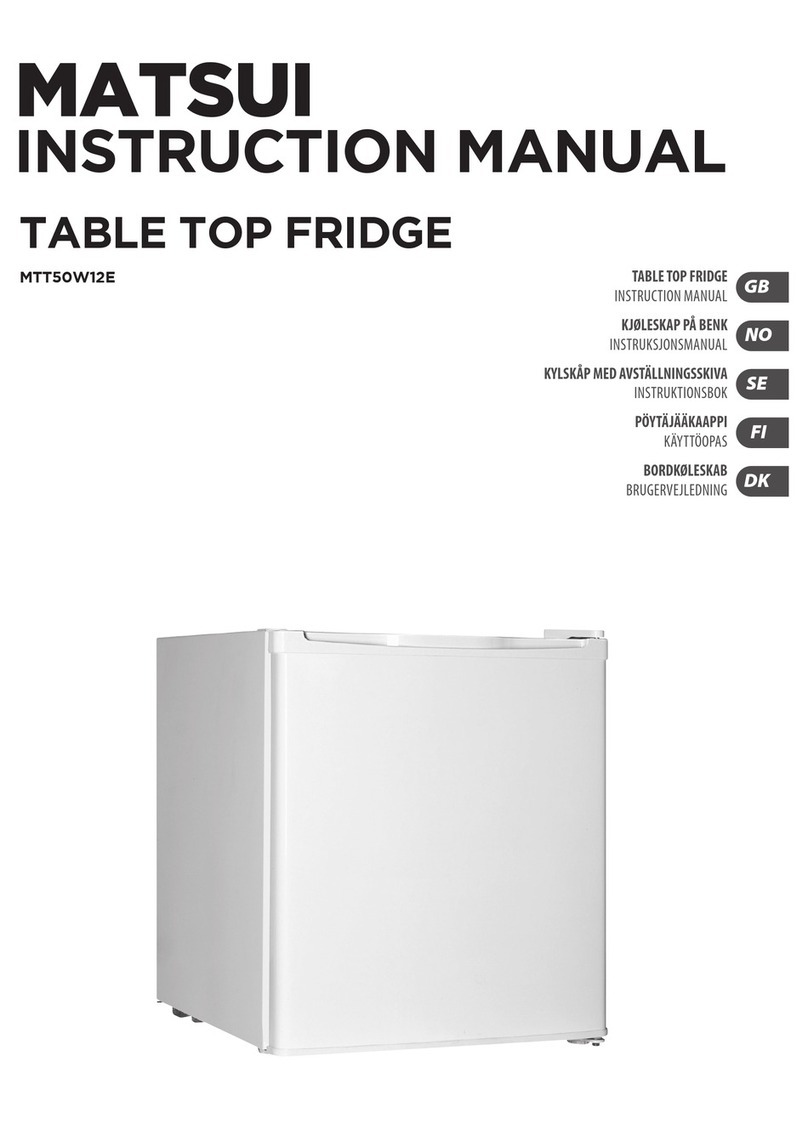
1
Msuri de siguran
Reciclarea aparatelor vechi
Înainte de a arunca un aparat vehi,
acesta trebuie snu mai poatfi
funcional. Tiai cablul de alimentare
al aparatului, demontai uile i
balamalele acestuia pentru a se evita
pericolul blocrii copiilor în interiorul
aparatului.
Sistemul de rcire conine gaze de
izolare i ageni de refrigerare care
trebuie reciclai corespunztor. Luai
legtura cu autoritile locale pentru a
obine informaii cu privire la centrele
specializate de colectare a aparatelor
electronice i electrocasnice.
Reciclarea materialelor utilizate la
ambalarea aparatului
Toate materialele utilizate la ambalarea
noului aparat trebuie reciclate
corespunztor.
Cutia de carton trebuie predatla
centrele de colectare a deeurilor din
hârtie. Folia de ambalare este realizat
din polietileni plcile de polietilen
nu conin hidrocarbon fluorcloric.
Toate aceste materiale pot fi reciclate la
centrele de colectare corespunztoare.
Luai legtura cu autoritile locale pentru a
voferi detalii cu privire la aceste centre de
colectare a deeurilor.
Instruciuni privind sigurana i avertizri
Înainte de a pune aparatul în funciune,
citii cu atenie acest manual de utilizare.
Acest manual conine informaii importante
cu privire la amplasarea, utilizarea i
întreinerea aparatului.
Pstrai acest manual într-un loc sigur,
pentru referine ulterioare. În cazul în care
transferai aparatul unui alt utilizator, v
rugm sîi înmânai i manualul de
utilizare al aparatului.
Productorul nu îi asumnicio
responsabilitate pentru eventualele
deteriorri care apar ca urmare a
nerespectrii instruciunilor din acest
manual.
•Aparatele deteriorate nu trebuie puse în
funciune. În cazul în care avei dubii,
luai legtura cu magazinul de unde ai
achiziionat produsul.
•Conectarea i instalarea aparatului
trebuie realizate în conformitate cu
instruciunile din acest manual de
utilizare.
